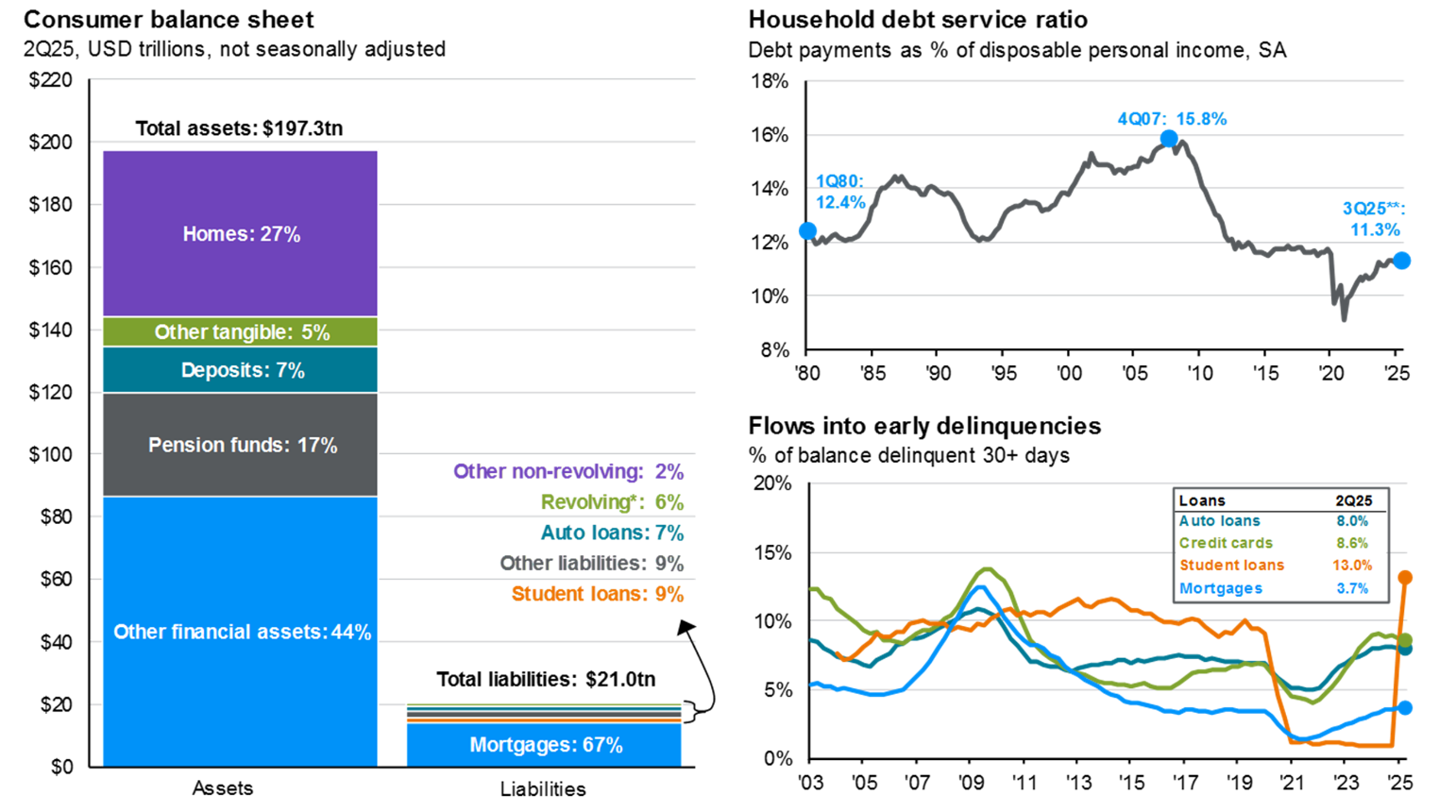For most people, enjoying a financially secure retirement requires taking advantage of each and every opportunity they can find to increase their retirement savings.
Here are nine steps you can take now to boost your retirement savings and increase your chances of having enough money to retire comfortably.
1. Calculate how much money you need to retire.
Like most people, you’ve probably wondered how much money you’ll need to live comfortably in retirement. How much do you need?
That depends on a variety of factors, such as your lifestyle, location, and inflation. We recently covered five different rules of thumb to keep in mind.
Read More: How Much Should I Save for Retirement?
Want to see if you’re on the right track?
Check out our Retirement Savings Calculator.
2. Start saving as soon as you can.
The sooner you start saving money for retirement, the greater your opportunity to take advantage of the power of compounding. With compounding returns, you earn money not only on the amount of your initial investment, but also on the money that your investment earns.
Sometimes, young people put off saving for retirement because they believe they’ll have plenty of time for retirement savings later in life when they’re presumably earning more money. However, the power of compounding that’s lost during these early years can never be recaptured.
Even if you can only save a small amount of money for retirement when you’re young, this is better than saving nothing.
Read More: The Average 401k Balance By Age
Here’s an example to help illustrate the benefits of starting to save early for retirement. John started contributing $75 each month to a retirement savings account when he was 25 years old and maintained this contribution every month until he turned 65. Earning an annual return of 6%, John’s retirement portfolio was worth $150,109 when he retired at 65.
Jim, on the other hand, waited until he was 35 to start saving for retirement, contributing $100 each month to his retirement savings account. Even though Jim contributed $25 per month more to his retirement account than John, his account was worth significantly less when he turned 65 — $100,954 – less than John’s account by nearly $50,000.
You can see if your savings are on track with the Retirement Planner, Personal Capital’s free tool that allows you to run different scenarios (like what would happen to your savings in a recession), anticipate expenses, and get a spending plan.
3.
Max out your retirement account contributions.
The federal government sets annual limits on how much money can be contributed to tax-advantaged retirement accounts annually. If possible, try to contribute the maximum amount allowed by law to your account each year.
Traditional 401k
Traditional 401k contributions are made with pre-tax dollars, ultimately reducing your taxable income and allowing your contributions to grow tax-deferred until you withdraw your money in retirement.
For tax year 2021, you can contribute up to $19,500 to an employer-sponsored 401k plan,
In 2021, the contribution limit is $19,500, and individuals aged 50 and over may contribute up to an additional catch-up amount of $6,500.
Roth 401k
Some employers may also offer a Roth 401k option for employees. In contrast to traditional 401k plans, Roth 401k contributions are made with after-tax dollars, providing tax-deferred growth, and fully tax-free withdrawals someday as long as you follow the rules.
Similar to traditional 401k options, Roth 401k users can contribute up to $19,500 per year, and individuals aged 50 and over may contribute up to an additional $6,500.
Traditional IRA
Traditional Individual Retirement Accounts (IRAs) are retirement accounts that you open (not through an employer) and fund yourself with eligible earned income.
You can contribute up to $6,000 to you Traditional IRA. The maximum contribution becomes $7,000 if you are age 50 or older.
Roth IRA
Different from traditional IRAs, Roth IRAs offer tax-deferred growth and no taxes on withdrawals under the right circumstances.
You can contribute to a Roth IRA even if you already own a 401k plan or traditional IRA.
It is important to know that if you contribute to both a traditional and Roth IRA, the yearly contribution limit ($6,000 or $7,000 if age 50 or older) applies collectively to both. The total amount of contributions cannot exceed the contribution limit.
Other Retirement Plans
There are various other retirement tools to help you reach your goals — such as a SEP IRA, SIMPLE IRA, Self-Directed IRA, 457, or 403(b). Choosing which ones to use depends on your employer’s offerings, income level and tax-optimization goals.
Read More: Types of Retirement Plans for Individuals in 2021
4. Take advantage of catch-up contributions.
To make it easier for older Americans to increase their savings during the critical years leading up to retirement, the federal government created special “catch-up contributions” to IRAs and 401k plans for individuals who are 50 years of age or over.
For tax year 2020, these catch-up contribution amounts are $1,000 for IRAs and $6,500 for 401k plans.
So if you’re at least 50 years old, you can contribute up to $7,000 to an IRA or $26,000 to a 401k in 2020. Note that you have until April 15, 2021, or your tax-filing deadline, to make an IRA contribution for tax year 2020. However, December 31, 2020, was the deadline for making a 401k contribution for tax year 2020.
5. Take advantage of your employer’s 401k match.
Many employers match a percentage of employees’ contributions to 401k plans.
For example, an employer might match 50% of employee 401k contributions up to 5% of salary. So an employee earning an annual salary of $75,000 who is contributing $5,000 a year to his 401k could receive a matching contribution of $2,500.
Employer matches represent a guaranteed return on investment. Therefore, it’s usually smart to contribute at least enough money to your 401k to take full advantage of a match if one is offered.
Read More: How Does 401k Matching Work?
6. Automate your retirement contributions.
If you participate in a workplace 401k plan, your contributions are probably automatically deducted from your gross pay each pay period and transferred into your retirement account.
If you have an IRA, you can arrange for contributions to be automatically transferred from your checking account into your IRA on a regular basis, such as each month or pay period.
Sometimes referred to as “paying yourself first,” this strategy is based on the theory of “out of sight, out of mind.” In other words, if you never see the money automatically deducted from your pay each pay period, you never miss it.
7. Increase your retirement plan contribution amount periodically.
There’s a chance that your income will increase over time as you advance in your career. As your income grows, make it a point to devote some of these additional funds to retirement savings.
One way to accomplish this is to contribute a percentage of your income to retirement savings instead of a set dollar amount. This way, as your income rises, so will your retirement account contributions.
For example, if you’re contributing 4% of your income to retirement savings and your annual salary rises from $50,000 to $60,000, your annual retirement account contribution will rise from $2,000 to $2,400.
8. Cut down on expenses.
This is a sometimes overlooked but often very effective way to increase retirement savings. Every dollar that you don’t spend on discretionary expenses is a dollar that can go toward increasing your retirement savings.
For example, if you and your family usually go out to eat twice a week, reduce this to once a week and contribute the savings to your retirement account. If you have a $500 per month car payment, replace the car with a vehicle that costs half as much and put the $250 savings in your retirement account each month.
Or if you were planning an expensive overseas vacation next summer, change this to a less-expensive stateside vacation and beef up your retirement account with the difference.
Read More: Values-Based Spending: How I Budget for What Matters to Me
9. Start planning your dream retirement.
Personal Capital can help you implement these and other measures to increase your retirement savings. For free, you can try out the Personal Capital Retirement Planner, an interactive online tool that can help you with all aspects of retirement planning. Millions of people use the tool to see what they can do to improve their chances of retirement success.
With the Retirement Planner you can:
- Run different scenarios in a side-by-side comparison
- Review the impact of large expenses on your retirement
- Add sources of income to your overall plan
- See how your retirement plan would have fared in historic crashes
- Get a spending plan for retirement
Ready to get on track to the retirement you want?
Let’s Get Started
Original Article






